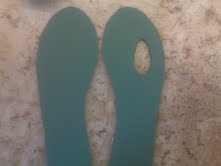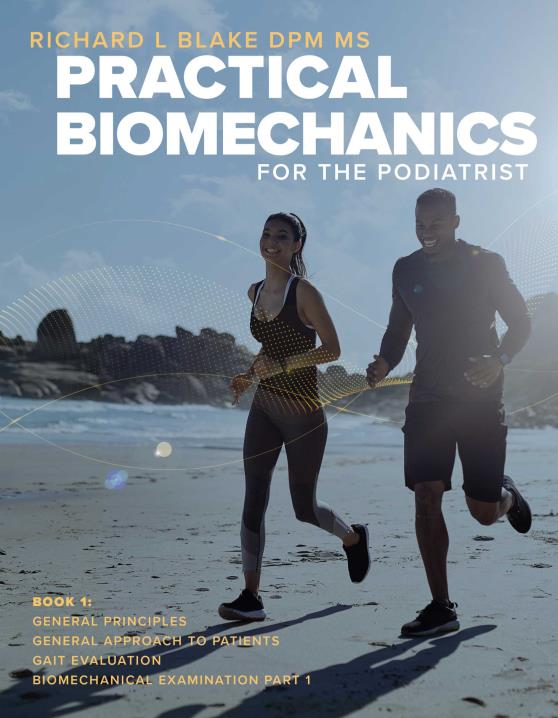Most sporting
activities require some running. Running can be an excellent return-to-activity
conditioning tool. After recovering from an injury, the athlete finds great
physical and emotional strength from a gradual buildup of running. Injury
rehabilitation can involve crutches, cast, surgery, and rest. Golden Rule of
Foot: At some point, when the athlete is back to walking 30 minutes, without
pain, and without a limp, a walk/run program can be started.
The walk/run program that I have used for many years uses a
30-minute time period, based on the more classic 30-minute hard walk test that
qualifies the athlete to begin jogging. However, you can start the program
based on a 20, 30, 40, or even 50-minute period. It all depends on what you
want to get to. I have used the 30-minute program personally twice in my life;
once after a back injury, and the other after a knee injury. I found the
program difficult since I was out of shape for running, yet safe with its low
start and gradual progression. It is not as easy as it looks when you have not
run for a while.
There are 10 levels:
• Level 1 Walk 9
min Run 1 min Repeat 3 times for 30 mins
• Level 2 Walk 8
min Run 2 min Repeat 3 times for 30 mins
• Level 3 Walk 7
min Run 3 min Repeat 3 times for 30 mins
• Level 4 Walk 6
min Run 4 min Repeat 3 times for 30 mins
• Level 5 Walk 5
min Run 5 min Repeat 3 times for 30 mins
• Level 6 Walk 4
min Run 6 min Repeat 3 times for 30 mins
• Level 7 Walk 3
min Run 7 min Repeat 3 times for 30 mins
• Level 8 Walk 2
min Run 8 min Repeat 3 times for 30 mins
• Level 9 Walk 1
min Run 9 min Repeat 3 times for 30 mins
• Level 10
30 min Straight Running

Each level should be done three times minimum, depending on
how you feel. Each session should be followed by a rest day to see how you
feel. Therefore, completing Level 1 should take a minimum of six days. For
example, start walk/run on Monday, rest Tuesday, second session Wednesday, rest
Thursday, third session Friday, rest Saturday, and ready to start Level 2 on
Sunday as long as Level 1 was fine within the Good Pain (Level 0 - 2 pain)
Gradually work your way through all 10 levels. Remember to
stay pain-free if you pass to the next level, but if your pain starts to come back,
rest three days, and go back to the level you were comfortable at for three
more sessions. Again try to get to the next level. If you again have trouble,
stay for six sessions at the comfortable level, continuing to run every other
day. Most patients gradually go through the 10 levels in two months (60 days),
but some have taken a lot longer to progress. Remember, if you listen to your
body, and don’t push through pain, you should make it very safely.
The walk/run program works well with even minor injuries
where there are questions of when to start running. If you have only been off
running for a short time, but you feel anxious about starting running, try this
program. In its quickest form, Level 1 the first day, then a rest day, then
Level 2, then another rest day, and so on. As long as your symptoms are fine,
and you do not push through pain, you can get through the 10 levels in 20 days.
This is normally better than running three miles the first day, having a
flare-up of symptoms, then stopping running for two more weeks. It allows you
to test the waters of running more safely.
Remember another Golden Rule of Foot: It is better to run 1
second than not at all. Patients ask me all the time if they can start running.
If they can walk 30 minutes at a good pace, without pain, and without limping,
then they can start running. Any running for most athletes is better than not
running. If you cannot do the 1 minute for Level 1 walk/run, try 10 to 30
seconds, running telephone pole to telephone pole in your neighborhood. Getting
back into running shape can be safe with a walk/run program. It may require
some individualization, but you will go either at the speed you were meant to,
or slightly slower. You will get there!!
This was an excerpt from my book "Secrets To Keep Moving: A Guide from a Podiatrist"








